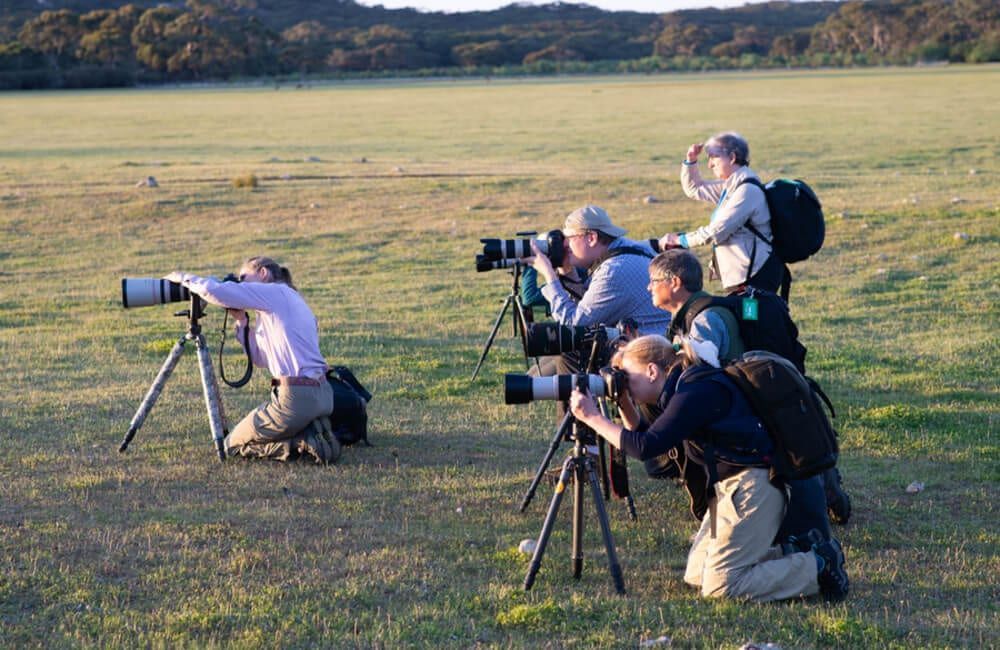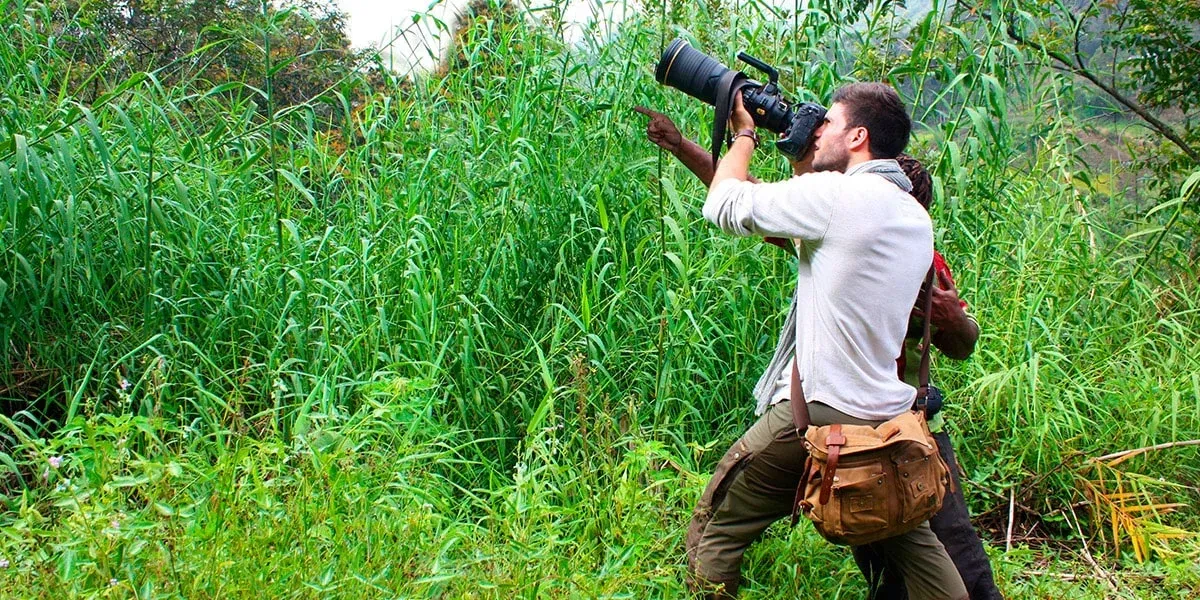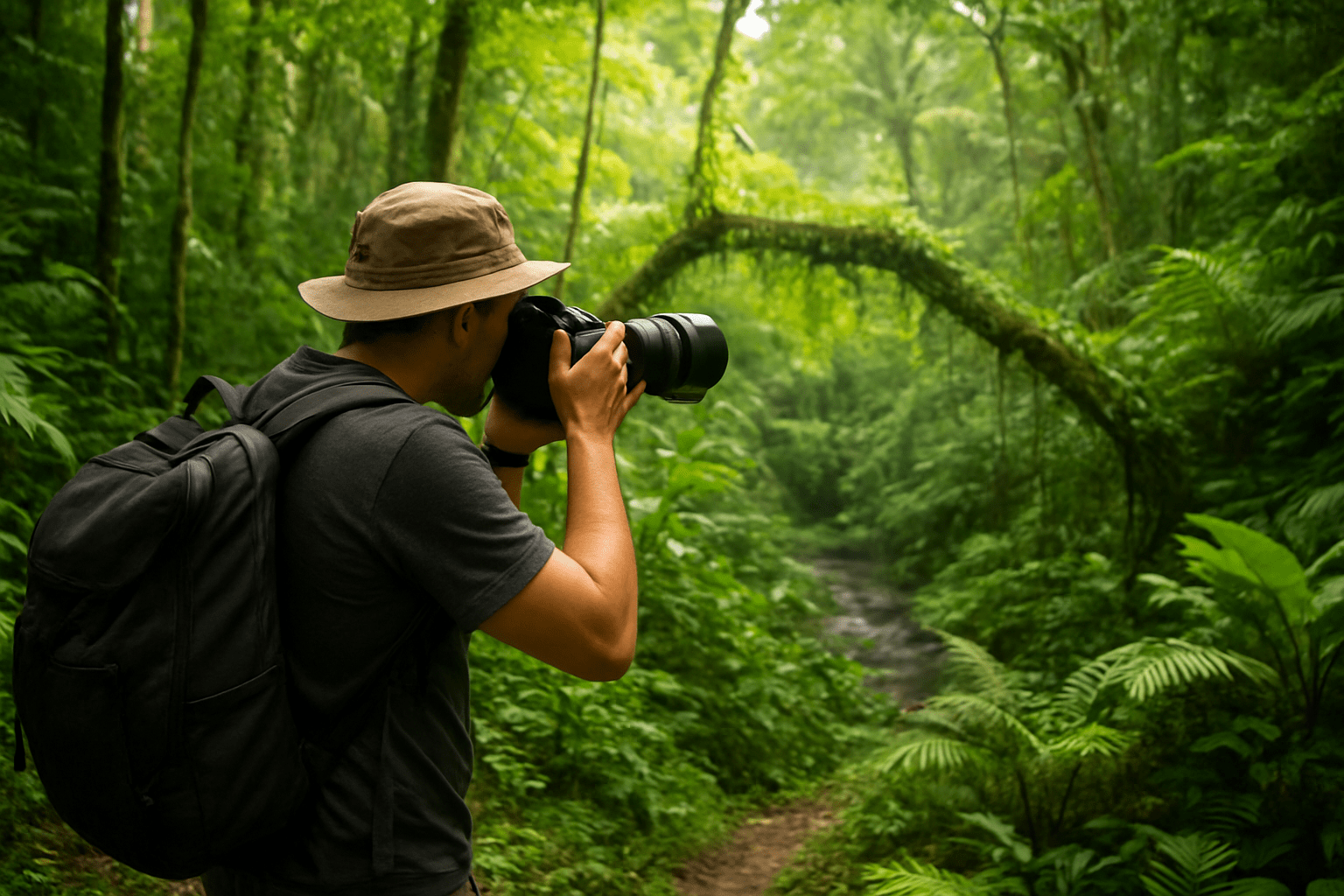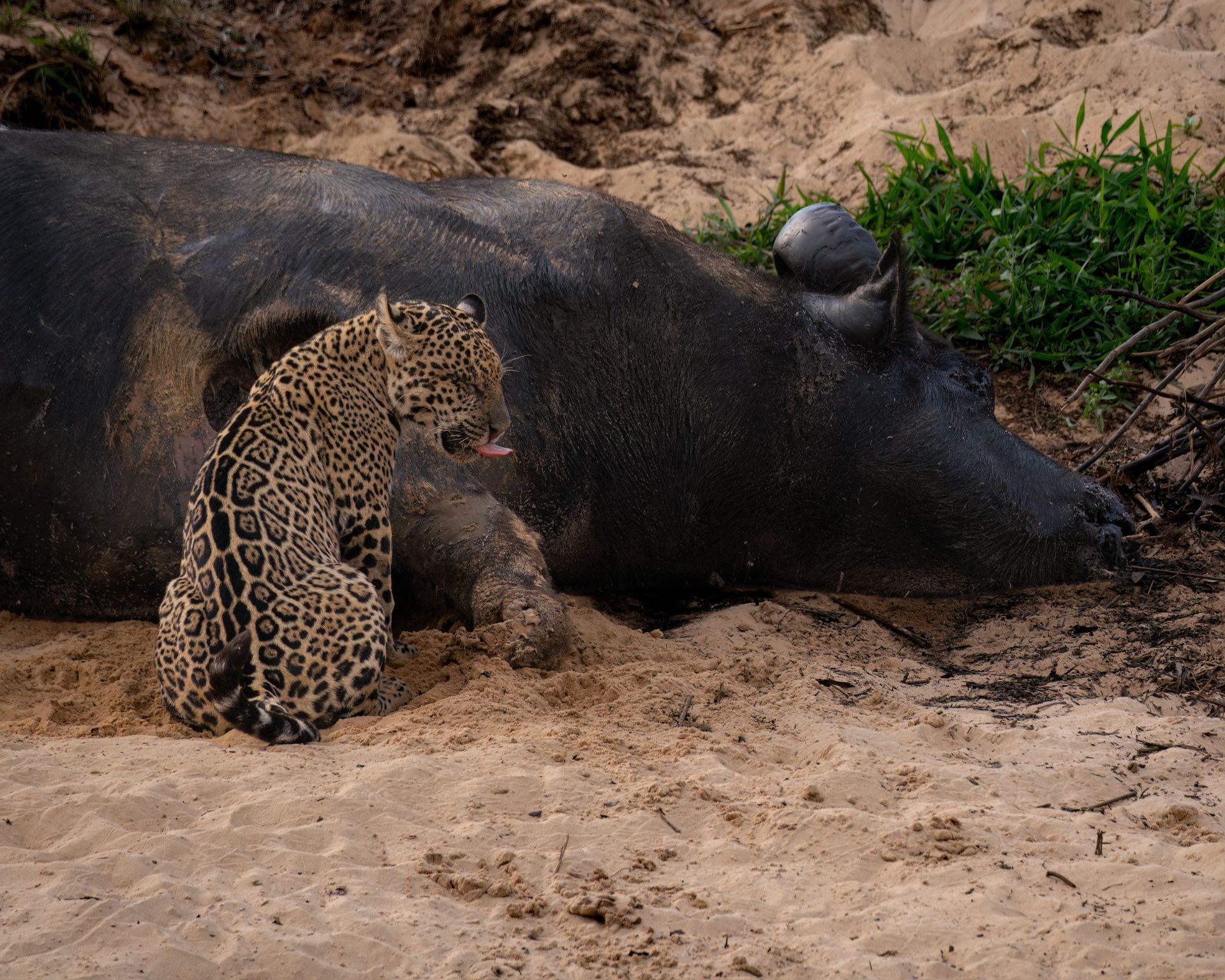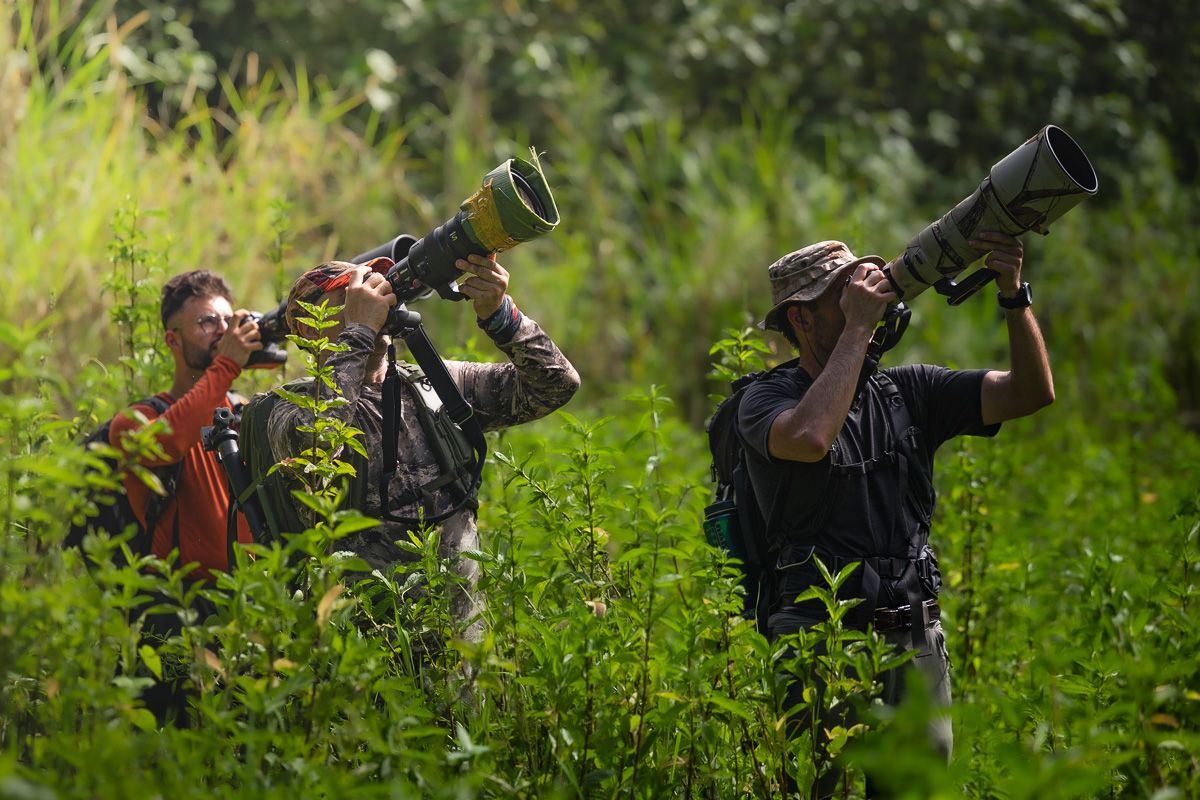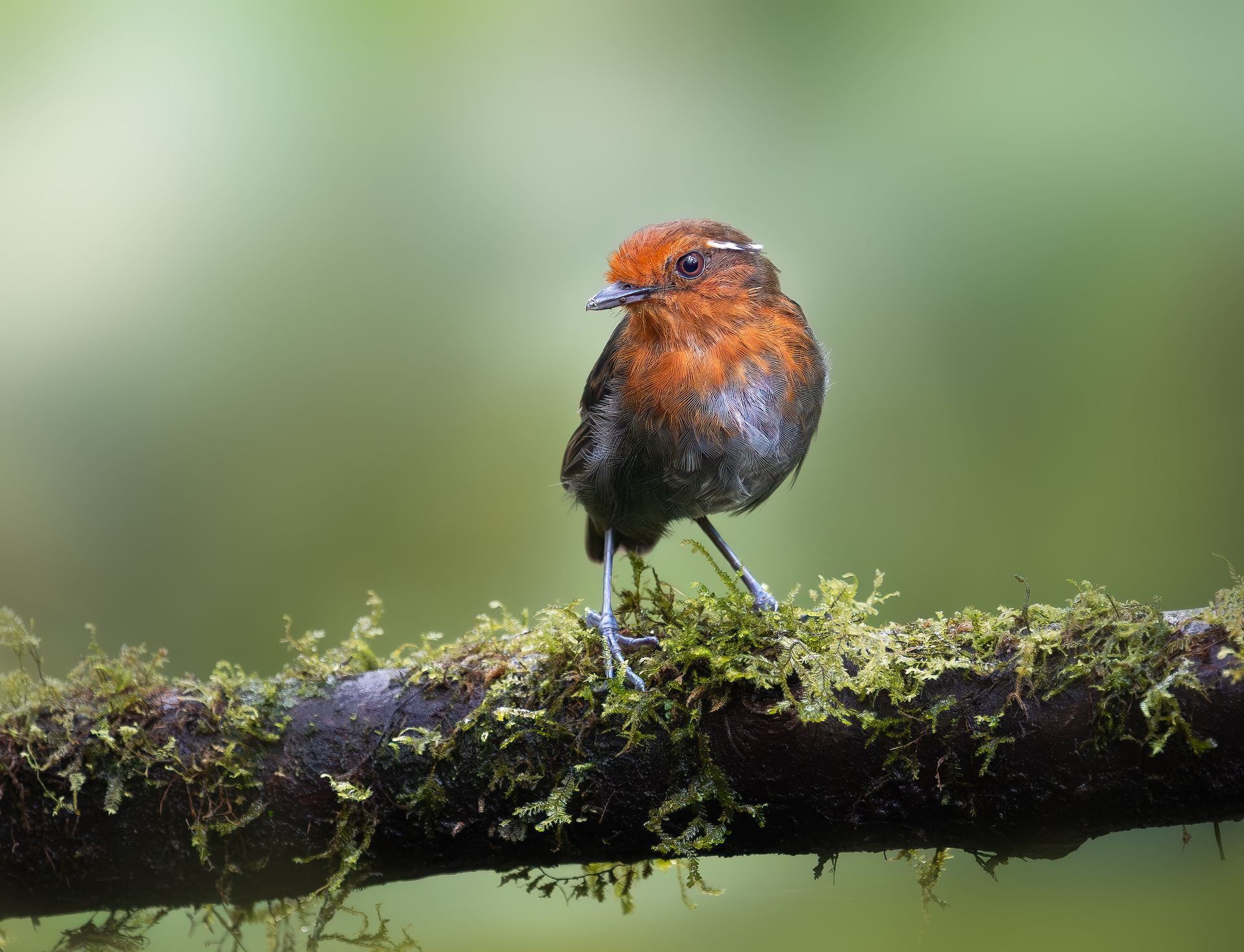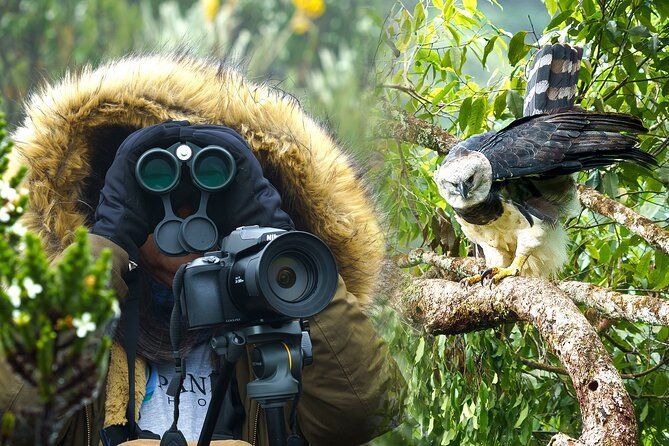Top 10 Rare Birds You Can Only Find in Colombia
Colombia is often celebrated as the bird capital of the world, home to more than 1,900 bird species—of which nearly 80 are found nowhere else on Earth. This incredible diversity stems from Colombia’s unique geography: towering Andean peaks, lush Amazonian lowlands, Pacific rainforests, Caribbean coasts, and cloud-draped valleys. For photographers, birdwatchers, and nature enthusiasts, Colombia is a paradise unlike any other.
Among this vast avian population, certain birds stand out not only for their beauty but also for their rarity. These rare and endemic species can only be found in Colombia, making the country a true pilgrimage site for those who want to capture once-in-a-lifetime sightings.
In this article, we explore the Top 10 rare birds you can only find in Colombia, sharing their unique features, where to find them, and tips for spotting or photographing them.
1. Blue-billed Curassow (Crax alberti)
The Blue-billed Curassow is one of Colombia’s rarest and most endangered bird species. With its glossy black feathers, striking white tail tips, and the male’s distinctive bright blue bill knob, this bird is both majestic and elusive.
Where to find it: The Blue-billed Curassow inhabits lowland forests along the Magdalena River valley. Your best chances are in protected reserves like El Paujil Nature Reserve in Boyacá.
Why it’s rare: Habitat destruction and hunting have severely reduced its population, making sightings incredibly special.
Photography tip: Early morning walks with a guide increase your chances of catching this bird quietly foraging near rivers.
2. Santa Marta Parakeet (Pyrrhura viridicata)
High up in the Sierra Nevada de Santa Marta, a mountain range isolated from the Andes, lives the charming Santa Marta Parakeet. With emerald-green plumage accented by touches of red and blue, these parakeets bring color and energy to the misty forests.
Where to find it: Sierra Nevada de Santa Marta National Park, particularly in cloud forests above 2,500 meters.
Why it’s rare: This parakeet is endemic to a single mountain range and faces pressure from deforestation.
Photography tip: Look for groups feeding on fruit trees during cool mornings; their constant chatter often gives them away.
3. Chestnut-winged Chachalaca (Ortalis garrula)
This bird may not be as flashy as a hummingbird or parrot, but the Chestnut-winged Chachalaca is rare because it is found only in Colombia. With its earthy plumage and distinct chestnut-colored wings, it blends into dense foliage but reveals itself with loud, social calls.
Where to find it: Forested valleys in the Magdalena region, especially near protected reserves.
Why it’s rare: Endemic status and fragmented habitat make encounters uncommon.
Photography tip: Patience is key—listen for their loud, raucous calls at dawn and dusk when they’re most active.
4. Multicolored Tanager (Chlorochrysa nitidissima)
Often described as one of the most beautiful birds in the world, the Multicolored Tanager lives up to its name. With brilliant hues of blue, green, red, and yellow, this tiny gem is a true challenge for photographers due to its shy nature and quick movements.
Where to find it: Mid-elevation forests of the Colombian Andes, especially around Valle del Cauca.
Why it’s rare: Though stunning, it’s difficult to spot and is highly dependent on specific forest habitats.
Photography tip: Set up near fruit feeders in reserves like Finca Alejandría, where these tanagers sometimes appear.
5. Gold-ringed Tanager (Bangsia aureocincta)
Endemic to the western Andes of Colombia, the Gold-ringed Tanager is a true rarity. It’s known for its glossy black plumage contrasted with striking golden rings around the chest and head.
Where to find it: Cloud forests in Risaralda and Chocó regions.
Why it’s rare: Limited distribution and dependence on pristine forests make it difficult to encounter.
Photography tip: Overcast days are ideal for capturing the golden highlights of this elusive bird without harsh shadows.
6. Fuertes’s Parrot (Hapalopsittaca fuertesi)
The Fuertes’s Parrot is one of Colombia’s most endangered birds. With olive-green plumage and a colorful face mask of red and blue, it’s a rare treasure for bird photographers.
Where to find it: High-altitude forests of Quindío and Tolima.
Why it’s rare: This species was once thought extinct until rediscovered in 2002. Today, strict conservation measures are helping its population recover.
Photography tip: Guides familiar with nesting areas can give you the best opportunities for sightings.
7. Apolinar’s Wren (Cistothorus apolinari)
Unique to Colombia’s high-altitude wetlands, Apolinar’s Wren is a tiny, vocal bird often overlooked by casual observers. Its reddish-brown plumage blends seamlessly into reed beds, making it tricky to spot.
Where to find it: Bogotá wetlands, including La Conejera and La Florida.
Why it’s rare: Wetland destruction near urban centers has drastically reduced its habitat.
Photography tip: Scan reed edges at dawn when wrens sing actively, revealing their location.
8. Indigo-capped Hummingbird (Amazilia cyanifrons)
Colombia is known for its hummingbirds, and the Indigo-capped Hummingbird is one of its endemic jewels. This small bird is characterized by a brilliant indigo crown and shimmering green body.
Where to find it: Forest edges and gardens in the Magdalena Valley and Bogotá region.
Why it’s rare: Endemic to Colombia, though not as endangered as some species.
Photography tip: Position yourself near flowering plants or feeders—these hummingbirds are territorial and return to the same spots.
9. Black Inca (Coeligena prunellei)
The Black Inca is a striking and rare hummingbird found only in Colombia’s central Andes. Its velvety black plumage, accented with white shoulder patches, makes it unique among hummingbirds.
Where to find it: Cloud forests of Boyacá and Cundinamarca, usually between 2,000–2,800 meters.
Why it’s rare: Habitat loss has restricted its population, making sightings uncommon.
Photography tip: Patience pays off—perch quietly near bromeliads or tubular flowers where they feed.
10. Brown-banded Antpitta (Grallaria milleri)
Few birds are as mysterious as the Brown-banded Antpitta. This plump, ground-dwelling bird has subtle brown plumage with a faint chest band, making it well-camouflaged in dense understory.
Where to find it: Central Andean cloud forests, particularly in protected reserves like Río Blanco near Manizales.
Why it’s rare: Secretive behavior and limited range make it one of Colombia’s hardest birds to spot.
Photography tip: Join a guided antpitta feeding session at reserves, where birds are sometimes coaxed into view.
Why Colombia is a Paradise for Rare Birds
Colombia’s role as the world’s bird capital is not just about numbers but about endemic diversity. From the isolated peaks of the Santa Marta mountains to the sprawling wetlands of Bogotá, the country offers habitats that nurture species found nowhere else. For photographers and birders, this means every trip offers the chance to capture something extraordinary and unique to Colombia.
Tips for Photographing Rare Birds in Colombia
Hire local guides: Many rare species are extremely elusive. Guides know their calls, habits, and habitats.
Be patient: Some birds require hours of quiet waiting in hides or near feeding stations.
Use the right gear: A telephoto lens (400mm or longer) increases your chances of clear, detailed shots.
Respect habitats: These birds are rare for a reason—always follow ethical birdwatching and photography practices.
Plan for altitude: Some rare species live in high-altitude regions, so prepare for thinner air and cooler conditions.
Final Thoughts
Colombia’s rare and endemic birds are a living testament to the country’s biodiversity. To see them is to witness something that exists nowhere else on Earth. For bird photographers, capturing these species is both a challenge and a privilege—one that rewards patience, skill, and deep respect for nature.
Whether it’s the brilliant Multicolored Tanager, the elusive Brown-banded Antpitta, or the majestic Blue-billed Curassow, each of these species tells a story of survival and beauty in Colombia’s varied landscapes.
If you dream of photographing some of the rarest birds in the world, Colombia is the destination where those dreams can take flight.



